Back to Courses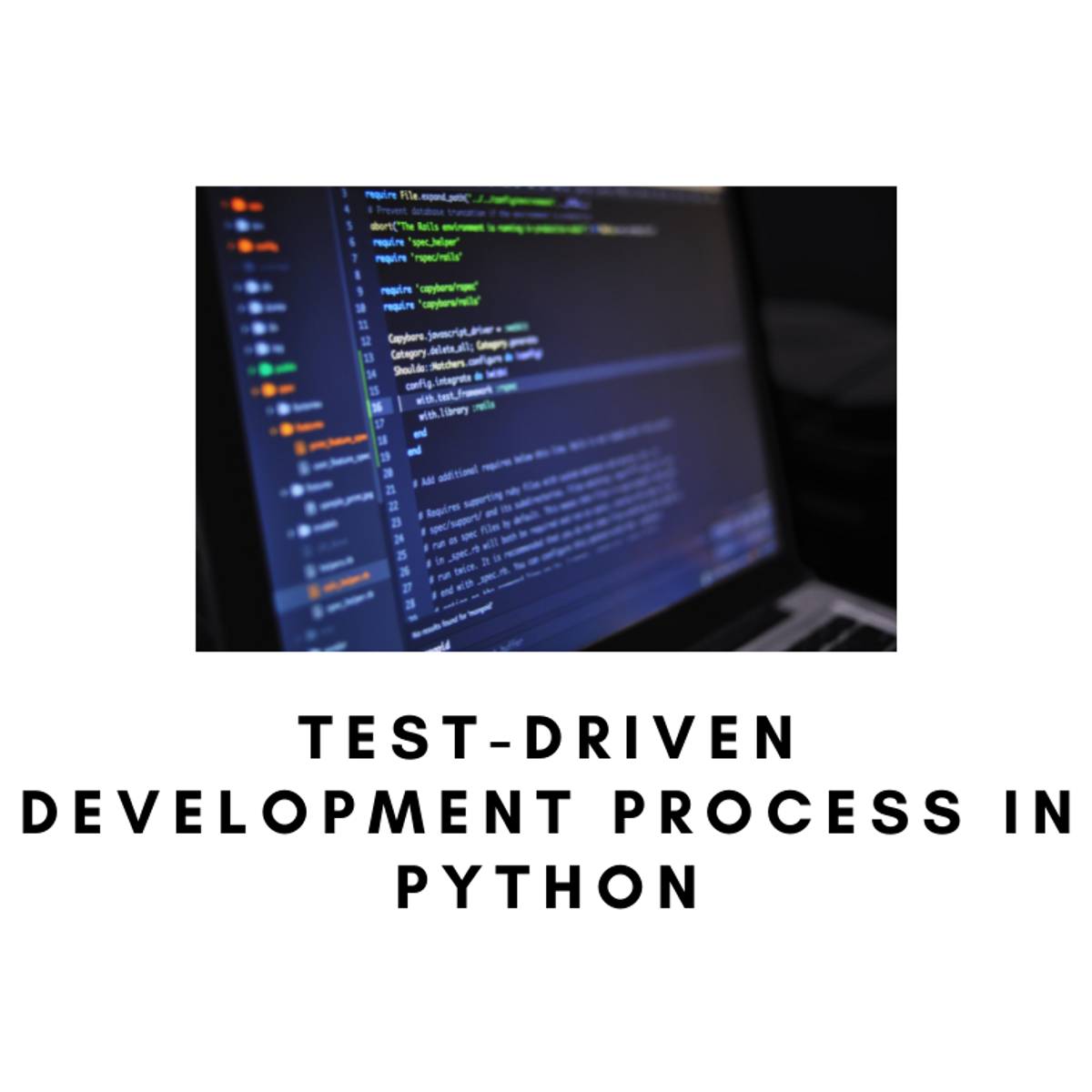

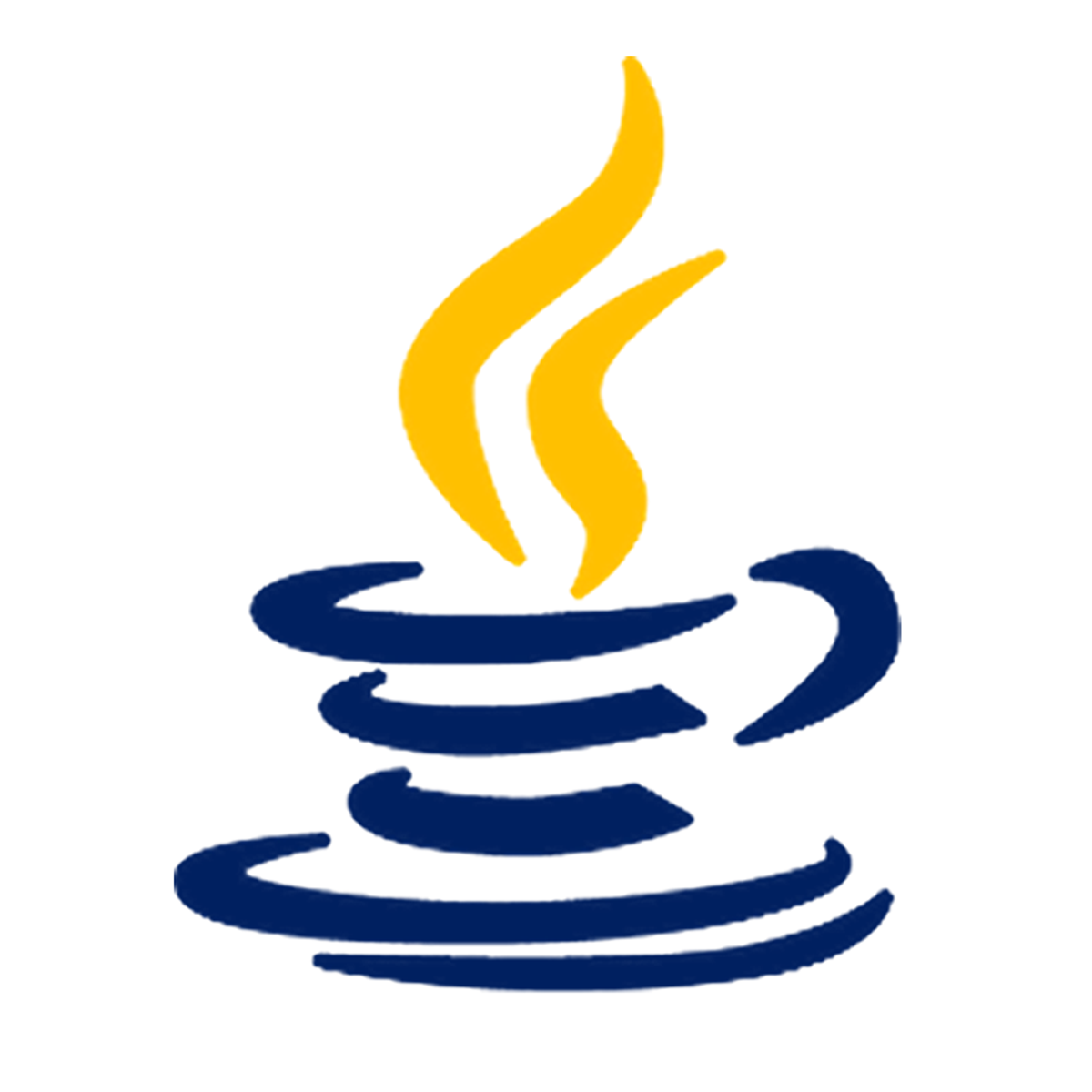




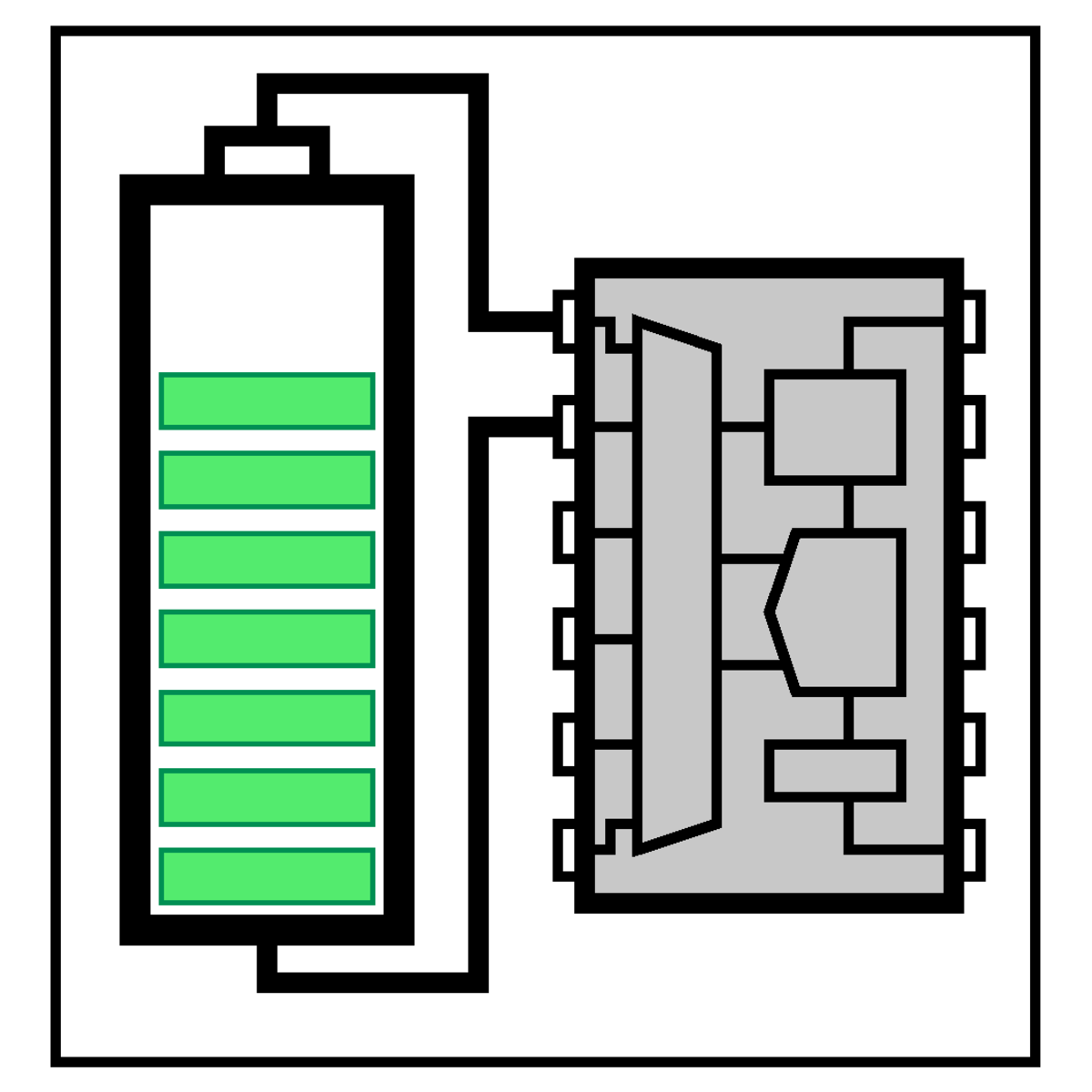
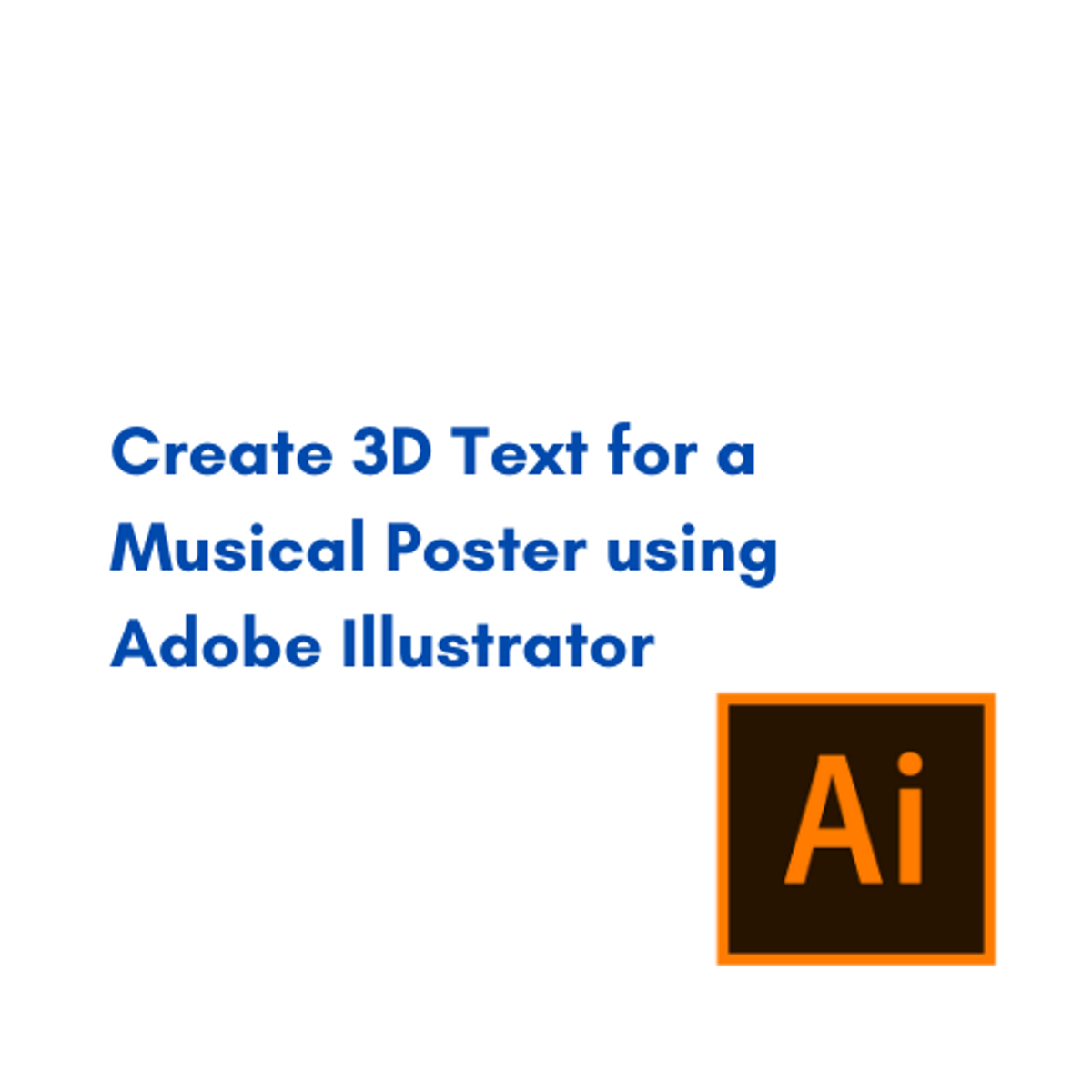
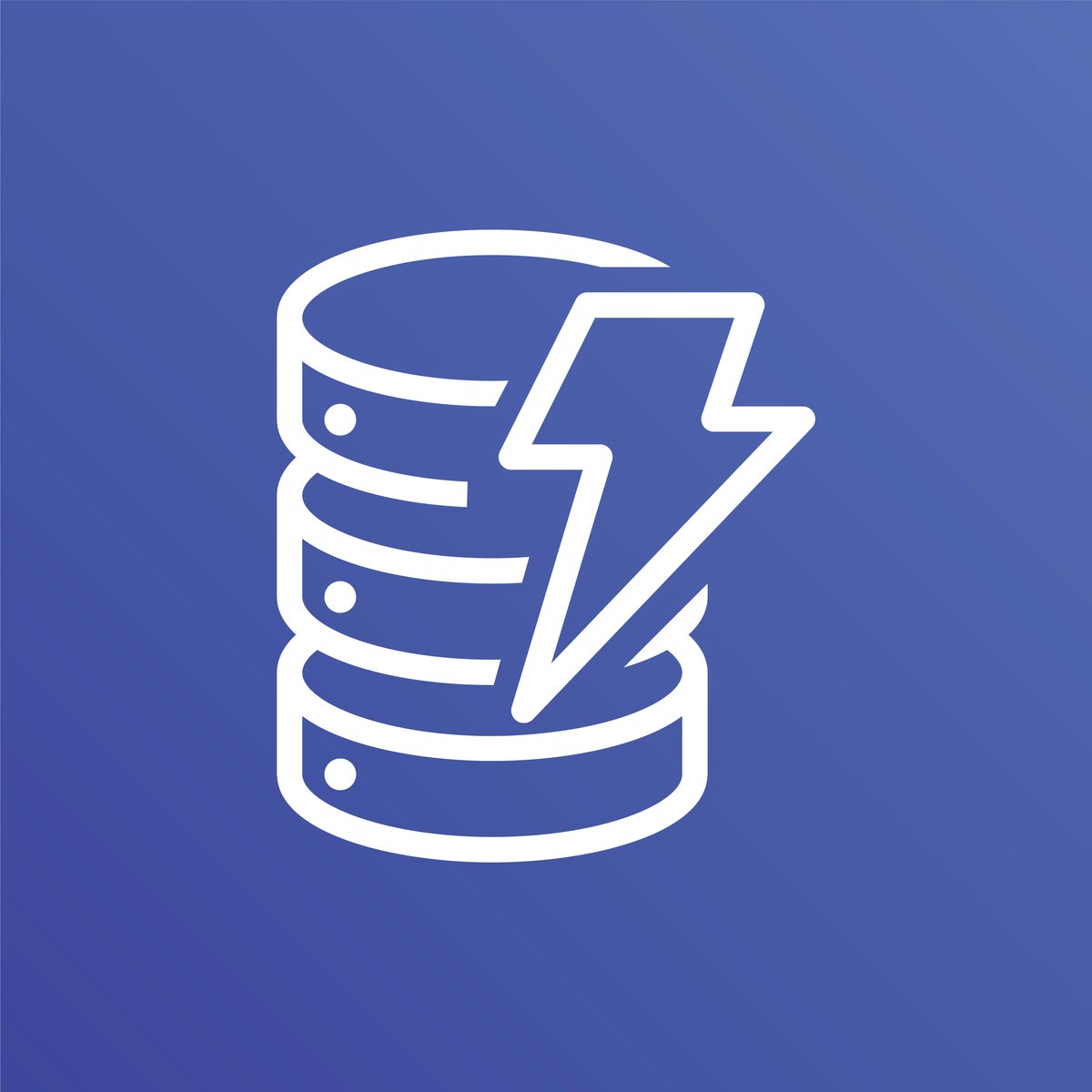
Computer Science Courses - Page 208
Showing results 2071-2080 of 2309

Test Driven Development Process For Beginners In Python
By the end of this project, you will learn about Test-Driven Development in Python. This course will enable you to take your beginner's knowledge of Python to the next level by incorporating the test-driven development process into your development. Test-driven development is a process of modifying the code in order to pass a test designed previously. The course will take you through a number of different coded examples and you will gain an understanding of the concept of test-driven development by the end of this project.

Getting Started with Git and GitHub
Collaboration and social coding are crucial parts of contemporary Software Engineering practices and the DevOps culture. In this course, you’ll be introduced to collaborative version control and popular Git platforms.
You will explore key Git concepts such as branching and repositories, as well as the use of Git commands. You will also learn and practice various Git concepts such as forking, cloning and merging workflows. You will learn to use GitHub to work effectively as a team, and perform common Git operations, such as Pull Requests, from both the Web UI and command line.
Developed and taught by experienced IBM practitioners, in this course you’ll gain vital skills and hands-on experience using Git and GitHub. Each module contains hands-on labs for you to apply and practice what you learn. The course wraps up with a final project where you will start building your portfolio by creating and sharing a public/open-source GitHub project.
All hands-on activities in this course can be performed using web-browser based tools and interfaces. Installation of any specialized software is NOT required on your own computer in order to complete the course.

Java Class Library
Java Class Library is the fourth and final course in the Core Java Specialization. The Core Java Specialization is part of a series of programming specializations, derived from LearnQuest's private Java Bootcamps, designed to provide the skill set necessary to be hired as an IT developer using Java in many corporate environments.
After completing this course, you will be able to write reusable code that remains type-safe using Java Generics, work with collections of objects, work with files, handle runtime errors, and generally be prepared to move on to learning to use Java frameworks such as Spring Boot and Jakarta EE.
There are over 4200 classes in the Java 8 class library, with 100s of new ones compared to prior versions of Java. In this course, we will cover additional language features that enable the class library, essential library areas, and provide roadmaps to areas for self-exploration.
To be successful in this course, you should have taken:
- Course 1: Introduction to Java
- Course 2: Introduction to Object-Oriented Programming with Java
- Course 3: Object-Oriented Hierarchies in Java
or have equivalent knowledge.

Advanced Data Structures in Java
How does Google Maps plan the best route for getting around town given current traffic conditions? How does an internet router forward packets of network traffic to minimize delay? How does an aid group allocate resources to its affiliated local partners?
To solve such problems, we first represent the key pieces of data in a complex data structure. In this course, you’ll learn about data structures, like graphs, that are fundamental for working with structured real world data. You will develop, implement, and analyze algorithms for working with this data to solve real world problems. In addition, as the programs you develop in this course become more complex, we’ll examine what makes for good code and class hierarchy design so that you can not only write correct code, but also share it with other people and maintain it in the future.
The backbone project in this course will be a route planning application. You will apply the concepts from each Module directly to building an application that allows an autonomous agent (or a human driver!) to navigate its environment. And as usual we have our different video series to help tie the content back to its importance in the real world and to provide tiered levels of support to meet your personal needs.

Light Up Your World in Unity (Introduction to Lighting)
In this two-hour, project-based course, you will be introduced to Unity's powerful Lighting system for adding different types of lights in your game world. This project covers creating and setting up different lighting components and configuring your project's Lighting and Rendering Settings. This project will also touch on the Light Module of the Particle System to create realistic visual effects.
The guided project will introduce you to the following Unity UI concepts:
- Directional Light
- Spot Light
- Point Light
- Rendering Settings
- Lighting Settings
- Particle System
This project makes use of the FPSPlayer script created in Create a First-Person Camera (VM-Compatible!) with C# in Unity. It compliments this guided project and, although not a prerequisite, is recommended for learners who are interested in coding and would like to build their own FPS camera.

Decision Control Constructs in C# on Linux
By the end of of this project you will create a guessing game application that pits the computer against the user. You will create variables, static methods, decision constructs, and loops in C# to create the game.
Traditionally, C# and other Microsoft languages have been limited to the PC with Visual Studio as the IDE. Dot Net has been open-sourced and is now available on Linux. The Visual Studio Code IDE also has been fitted with a Language Extension plugin for C# as well for a pleasant developer experience on Linux.
Note: This course works best for learners who are based in the North America region. We’re currently working on providing the same experience in other regions.

Create a Point of Sale (POS) with Java Basics
By the end of this project, you will be able to create a simple point of sale POS app with the basic functionalities that any supermarket needs to establish their cashier systems, You’ll be able to multiply the items by their corresponding prices, add them all together and finally, show the total payment. Moreover, You will be able to create classes, objects, methods that we will use to build the structure of the app, you will also be able to use loops and import important libraries.
This project is meant to cover the most common data types and gives an overview about the object oriented programming (OOP) in Java with its main concepts such as inheritance and abstraction.
Note: This project works best for learners who are based in the North America region. We’re currently working on providing the same experience in other regions.

Introduction to battery-management systems
This course can also be taken for academic credit as ECEA 5730, part of CU Boulder’s Master of Science in Electrical Engineering degree.
This course will provide you with a firm foundation in lithium-ion cell terminology and function and in battery-management-system requirements as needed by the remainder of the specialization. After completing this course, you will be able to:
- List the major functions provided by a battery-management system and state their purpose
- Match battery terminology to a list of definitions
- Identify the major components of a lithium-ion cell and their purpose
- Understand how a battery-management system “measures” current, temperature, and isolation, and how it controls contactors
- Identify electronic components that can provide protection and specify a minimum set of protections needed
- Compute stored energy in a battery pack
- List the manufacturing steps of different types of lithium-ion cells and possible failure modes

Create 3D Text for a Musical Poster using Adobe Illustrator
By the end of this project, a 3D text will be created and used in the design of a Musical Poster for a Jazz event. 3D text is way more interesting than a flat/2D text.
You will be able to design a 3D shading for a text using several tools. This shading will be done manually. Different layers of the text will be created and their change in placement will create shapes. These shapes add depth and dimensions to the letters of the written text. By the help of gradient colors and different shades of the same color, the final look of the 3D letters will be created.
This project is for intermediate designers, who already have the basics of Adobe illustrator, who can build simple designs using this program.
Learning to create a 3D text in this project will add more skills to the designer's design skills to create interesting designs thus grabbing the audience attention. Which is every designer’s aim!
Learning to use Adobe illustrator enables you to design various designs that are all related to vectors.
Amazon DynamoDB: Building NoSQL Database-Driven Applications
This course introduces you to NoSQL databases and the challenges they solve. Expert instructors will dive deep into Amazon DynamoDB topics such as recovery, SDKs, partition keys, security and encryption, global tables, stateless applications, streams, and best practices.
DynamoDB is a key-value and document database that delivers single-digit millisecond performance at any scale. It's a fully managed, multiregion, multimaster database with built-in security, backup and restore, and in-memory caching for internet-scale applications. DynamoDB can handle more than 10 trillion requests per day and support peaks of more than 20 million requests per second.
This course uses a combination of video-based lectures delivered by Amazon Web Services expert technical trainers, demonstrations, and hands-on lab exercises, that you run in your own AWS account to enable you to build, deploy and manage your own DynamoDB-powered application.
